“Our journalists from the Pershyi Zakhidnyi TV and Radio Pershe have been working at the sites of attacks and on the air since the very morning. Therefore, we strongly recommend that you obtain reliable information from these sources. Because you can’t take away the efficiency of Telegram, but there are serious problems with reliability there,” noted the radio program director, Yaryna Kapitan. On the night of October 5, the russian army attacked Ukraine with drones and missiles. More than 160 targets were directed at the western part. From the very morning, Lviv media workers worked on the spot to promptly show citizens the consequences of the shelling.
In total, the enemy attack lasted for more than 5 hours; during this time, the air defense forces recorded calibers, Shaheds, daggers, and cruise missiles. One of the missiles hit Lapaivka, near Lviv, where four people from one family were killed. Later, it became known that there was another victim. Journalists from the Pershyi Zakhidnyi TV channel worked from there to document the aftermath of the incident.
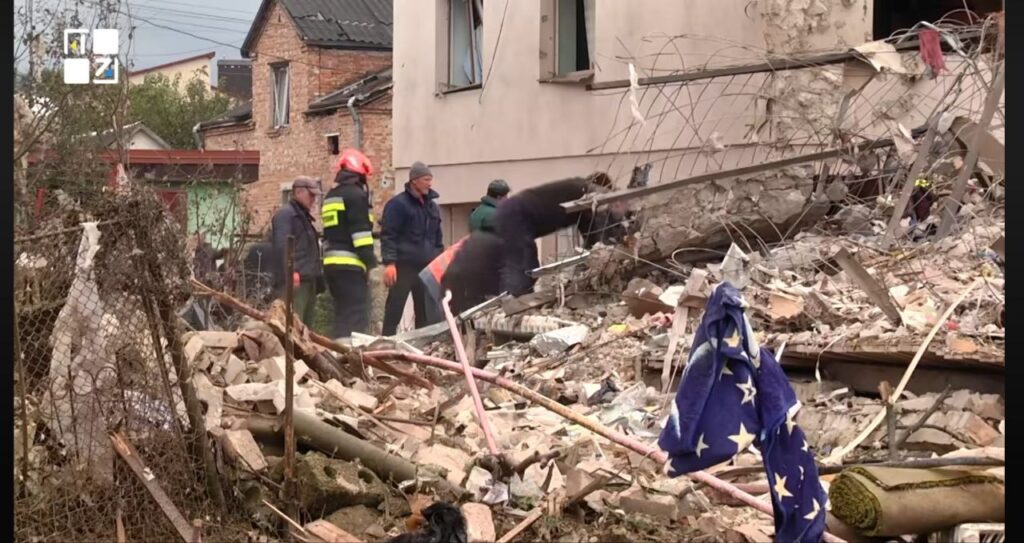
In particular, the media workers talked to local residents and learned the details of the difficult night. The head of the Zymna Vody territorial community also commented on the situation. The victims who managed to escape spoke about the losses and damaged houses. During the filming, the journalists paid special attention to safety aspects.
“We started working at the site of the impact after the alarm was turned off. The State Emergency Situations Service, police, and explosives technicians were already on the scene. They restricted access because there could be unexploded ammunition, debris, or dangerous structures nearby. We were not allowed into the risk zone – we filmed only where it was safe and did not interfere with the rescuers,” says correspondent Anastasiya Stetsyk.
Additionally, the media workers visited the damaged sites in Lviv. In particular, on Stryiska Street, the windows of a residential building were broken. According to journalist Viktoriya Palaida, they worked carefully, because you can’t get close to the walls. There is a risk of falling glass.
The media worker says that they went to shoot after the air raid warning had been lifted. Therefore, the journalists decided not to take additional protective equipment. However, they noted that in the event of similar incidents in the future, they would contact the Journalists’ Solidarity Center in Lviv for bulletproof vests and first aid kits.
Viktoriya adds that before entering the damaged buildings, they were always asked for permission from the rescuers. She also advises wearing closed-toe shoes with high soles, because the cameraman accidentally stepped on a board with nails.
In total, thousands of broken windows in Lviv – the city will compensate residents for damaged doors and windows. A kindergarten, school, and church were also damaged. Severe destruction in the industrial park.
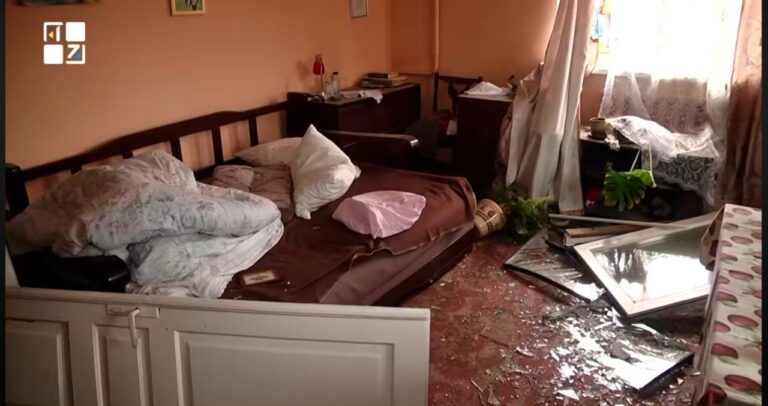
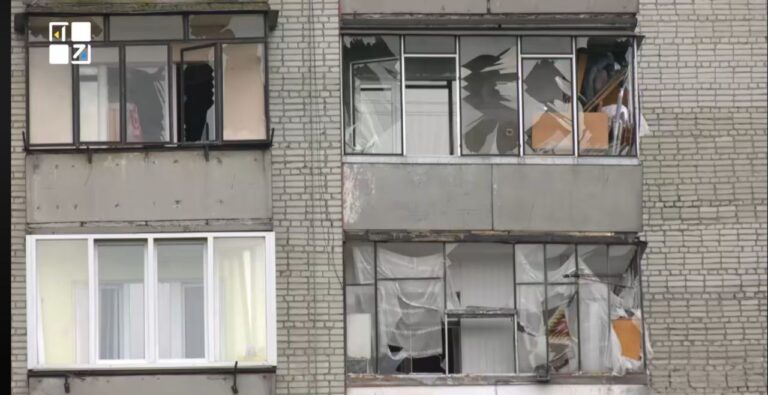
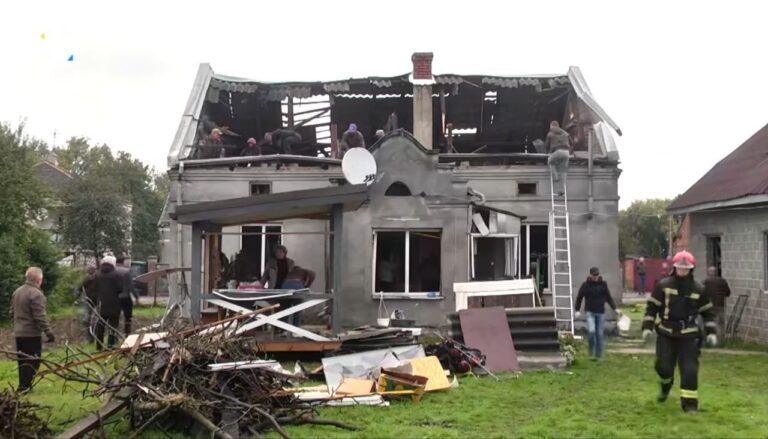
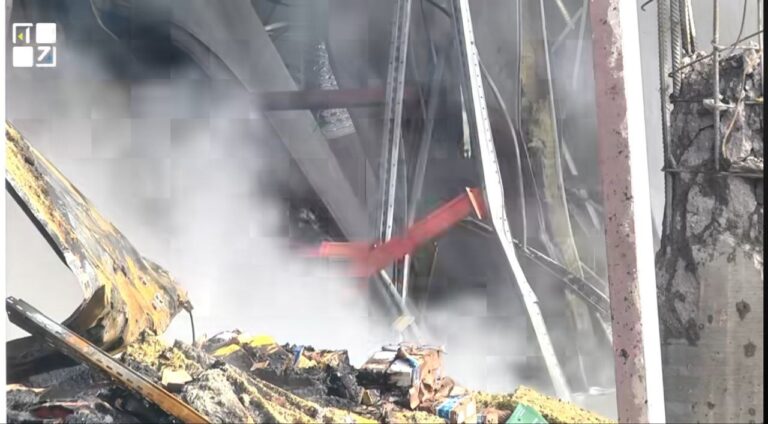
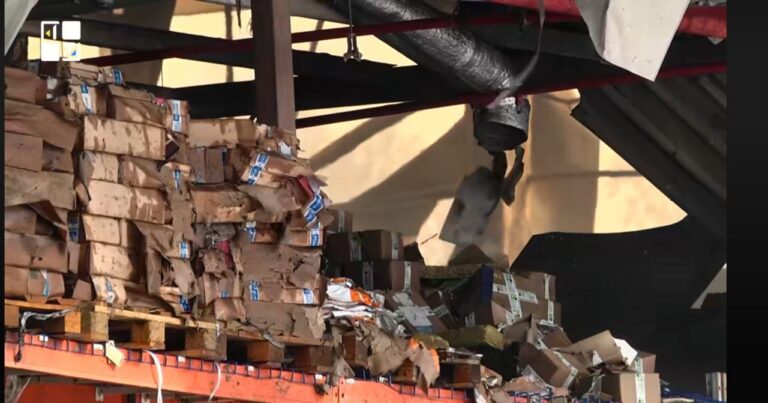
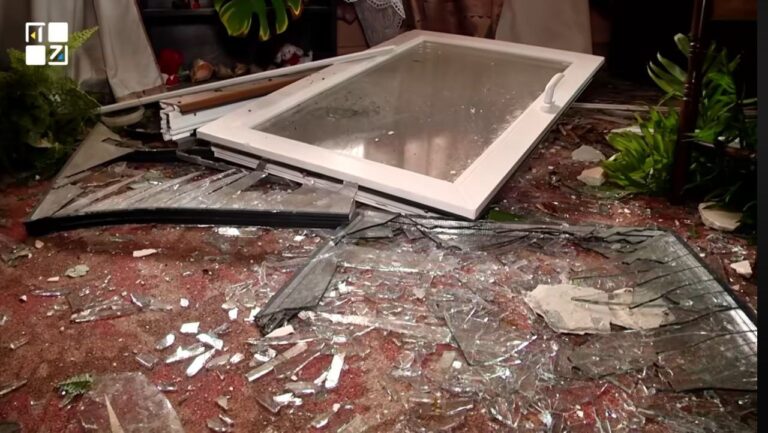
The network of Journalists’ Solidarity Centers is an initiative of the National Union of Journalists of Ukraine, implemented in collaboration with the International and European Federations of Journalists and UNESCO, and with the support of the People of Japan. Our primary goal is to assist media professionals working in Ukraine during the war. The Centers are active in Kyiv, Kharkiv, Zaporizhzhia, Dnipro, Lviv, and Ivano-Frankivsk. The project is part of UNESCO’s broader efforts to support the Safety of Journalists and Freedom of Expression in Ukraine.
Contact the Unified Western Ukrainian Journalists’ Solidarity Center Lviv-Chernivtsi at 097 907 9702 (Nataliya Voitovych, the coordinator of the Lviv JSC, Volodymyr Bober, assistant). The Center’s address is 5 Solomiyi Krushelnytskoyi Street.
Dariya Markova
Photo by Pershyi Zakhidnyi TV and radio company

 THE NATIONAL UNION OF
JOURNALISTS OF UKRAINE
THE NATIONAL UNION OF
JOURNALISTS OF UKRAINE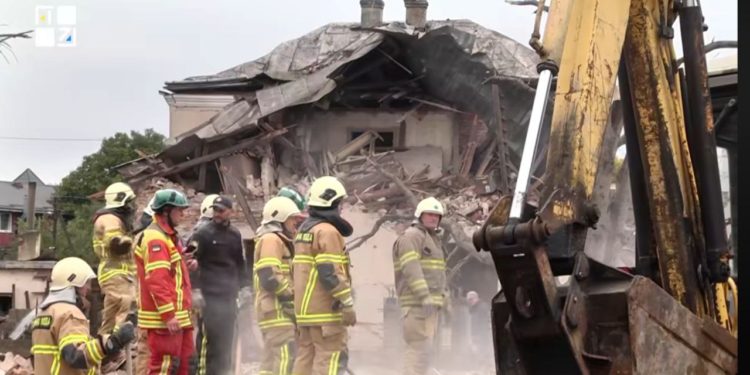
![International Media Organizations: peace plan mustn’t envision amnesty for crimes against journalists 9 Ukrainian flag on Independence Square [Maidan Nezalezhnosti] in Kyiv, Ukraine (archive image). EPA-EFE / Oleh Petrasiuk](https://nuju.org.ua/wp-content/uploads/2025/12/maidan-flag-yezhak-2022-350x250.jpg)
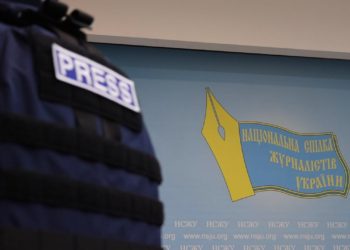

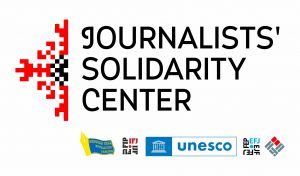
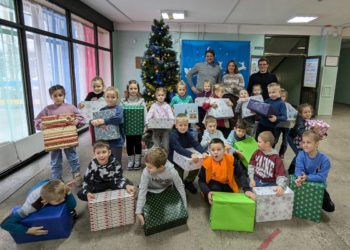
![International Media Organizations: peace plan mustn’t envision amnesty for crimes against journalists 13 Ukrainian flag on Independence Square [Maidan Nezalezhnosti] in Kyiv, Ukraine (archive image). EPA-EFE / Oleh Petrasiuk](https://nuju.org.ua/wp-content/uploads/2025/12/maidan-flag-yezhak-2022-120x86.jpg)





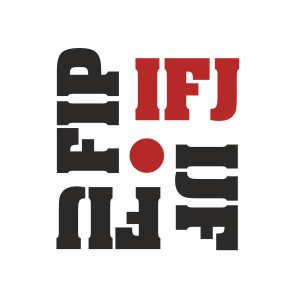
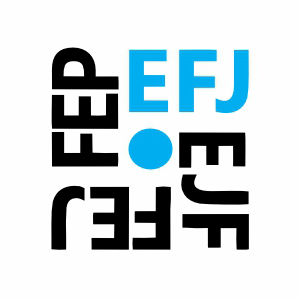



Discussion about this post